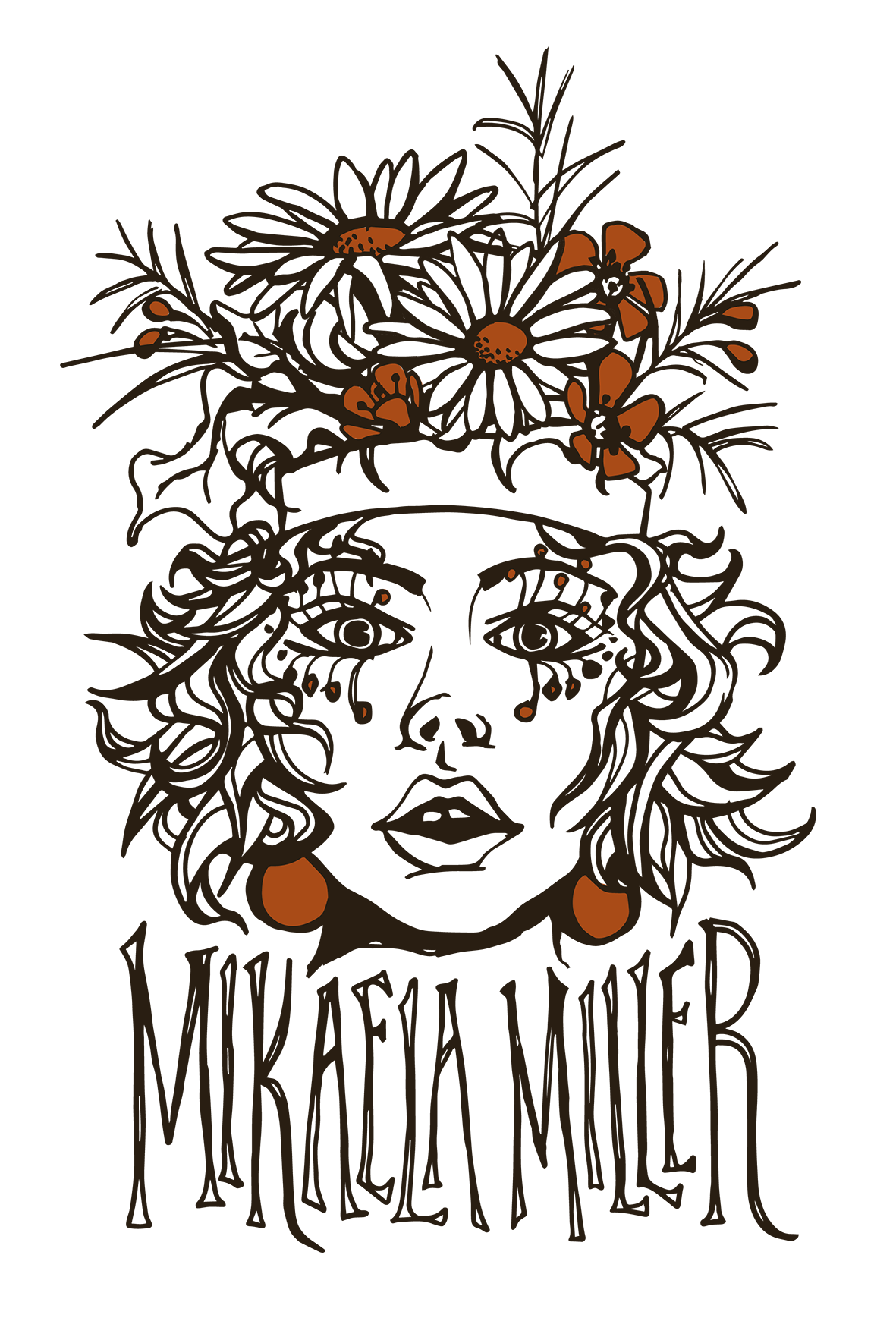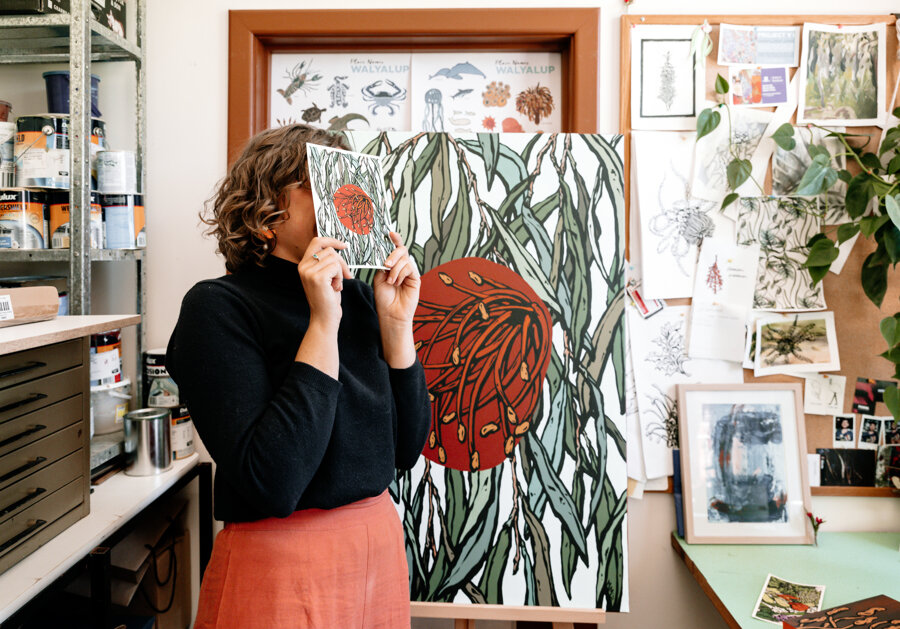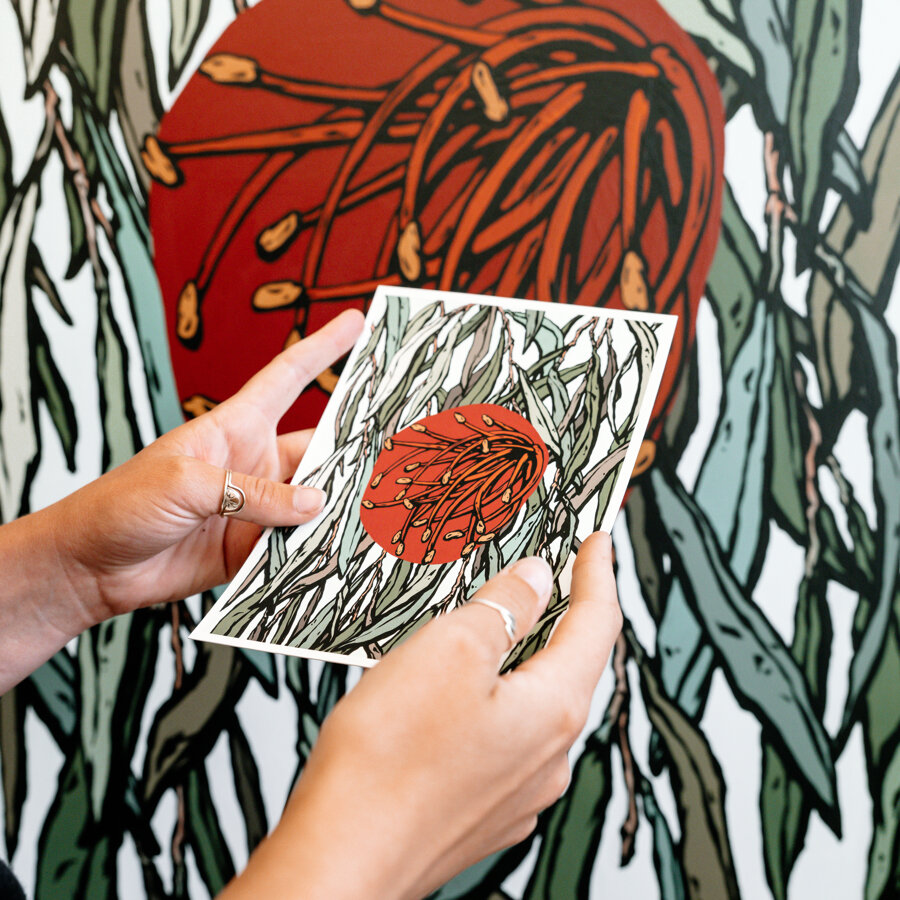A Guide to Fine Art Reproduction Prints
With the help of modern technology, like printers and cameras, artists can now sell reproductions of their work, along with their original pieces.
Some might call them ‘Fine Art Reproduction Prints’ or just ‘Fine Art Prints’ others might list them as a ‘Giclée’ print (pronounced Jee-Clay).
They can also vary in size, texture or finish but are always fundamentally the same: a very high quality photograph of the original artwork, produced as a very high quality, archival grade, digital print.
There’s a lot to think about before buying a print though.
This guide will run you through the basics so you can decide if a fine art print is for you!
WHAT’S THE POINT?
More accessible artwork. That’s really the heart of it.
Fine Art Reproduction Prints are cheaper to make than an original and you can sell multiple copies. This means more people can buy that artwork, potentially reaching a greater audience. You also pay less (without shortchanging the artist), so if you wouldn’t usually be able to afford an artwork by a professional artist, this could give you that opportunity. Everyone deserves great art in their life!
Paper prints are also lighter and more compact than canvases, board or paint, etc. So they can be shipped to buyers anywhere in the world very easily.
Some prints can be produced to custom sizes too. If you need an artwork to fit a specific space, the print could be made smaller or larger than the original artwork to best suit what you need.
ARE THEY AS GOOD AS AN ORIGINAL?
They are not the same as an original, but that doesn’t mean they’re not as good.
Of course nothing will ever really compare to paint layered over paint by hand. However, most Fine Art Reproductions are of such high quality they can capture all the finest details and textures found in the original and can be perfectly colour matched. Quality prints are near identical to the real thing, they just might not have the same physical presence.
Prints can still be highly valuable too. Most prints are limited edition - so there’s a finite number of them in existence. Similar to a rare pressing of a collectible vinyl.
The original is still one of a kind too, it doesn’t necessarily lose any value if it is documented and reproduced. If anything, it can be a sign that the artist’s work is in high demand. Plus, if the original work has already sold, there’s great value in owning a print if it’s an artwork you really want.
WHAT SHOULD I LOOK FOR?
To ensure you’re getting a print that will meet your expectations, look out for the following:
“Limited Edition” or “Open Edition” - This will tell you if there’s a finite or unlimited number of prints available for that artwork. Open edition prints can sometimes be cheaper, but they’re not as exclusive.
“Pre-order” or “Print on Demand” - Some prints are all produced at once and just sold by an artist as inventory. More commercial artists with stockists and a lot of capital are more likely to produce their prints this way. Others are sold through a pre-order system, where a certain number of orders need to be purchased before the prints are produced in a batch. You might have to wait longer to receive a print in these cases, but it usually means the artist themselves can sign and number each print. Some artists offer prints on demand, where each individual order is sent off to the printer once it has been purchased. These are usually packed and shipped by the printer, so you’re less likely to get personal touches like an artist’s handwritten signature.
Check the type of paper. Some prints are matte, some glossy, some are produced on bamboo, recycled stock or cotton. Look for something that suits what you like. Most of the time they’ll also list the weight of the paper in ‘gsm’ - which is Grams per Square Metre. The higher the number, the thicker the paper. Regular photo copy paper is usually between 70-90gsm. You probably want something a lot higher than that!
Check the quality of the print! You want something that will last as long as any other artwork. If it’s listed as a “Giclée” or Fine Art Reproduction, that’s a great sign. When the paper and/or inks are described as archival quality or maybe acid free, you can be pretty confident you’ll get a long-lasting quality print. If the only info you can find is along the lines of “Art Print”... you might want to ask for more details.
Make sure the print is offered by the artist themselves or an official representative of theirs. The artist who made the original work has the right to reproduce it. If it seems a bit fishy, don’t buy it! Reproductions made by anyone who doesn’t have the necessary rights or licenses are illegal and probably of a poorer quality anyway. If you’re buying direct from the artist, their gallery, store or their own website that’s the best way to go.



